After hearing Moon's new amplification system, most consumer hi-fi is dead to me
Go North (of $30k) for Moon's 791 and 761 amp system, I dare you
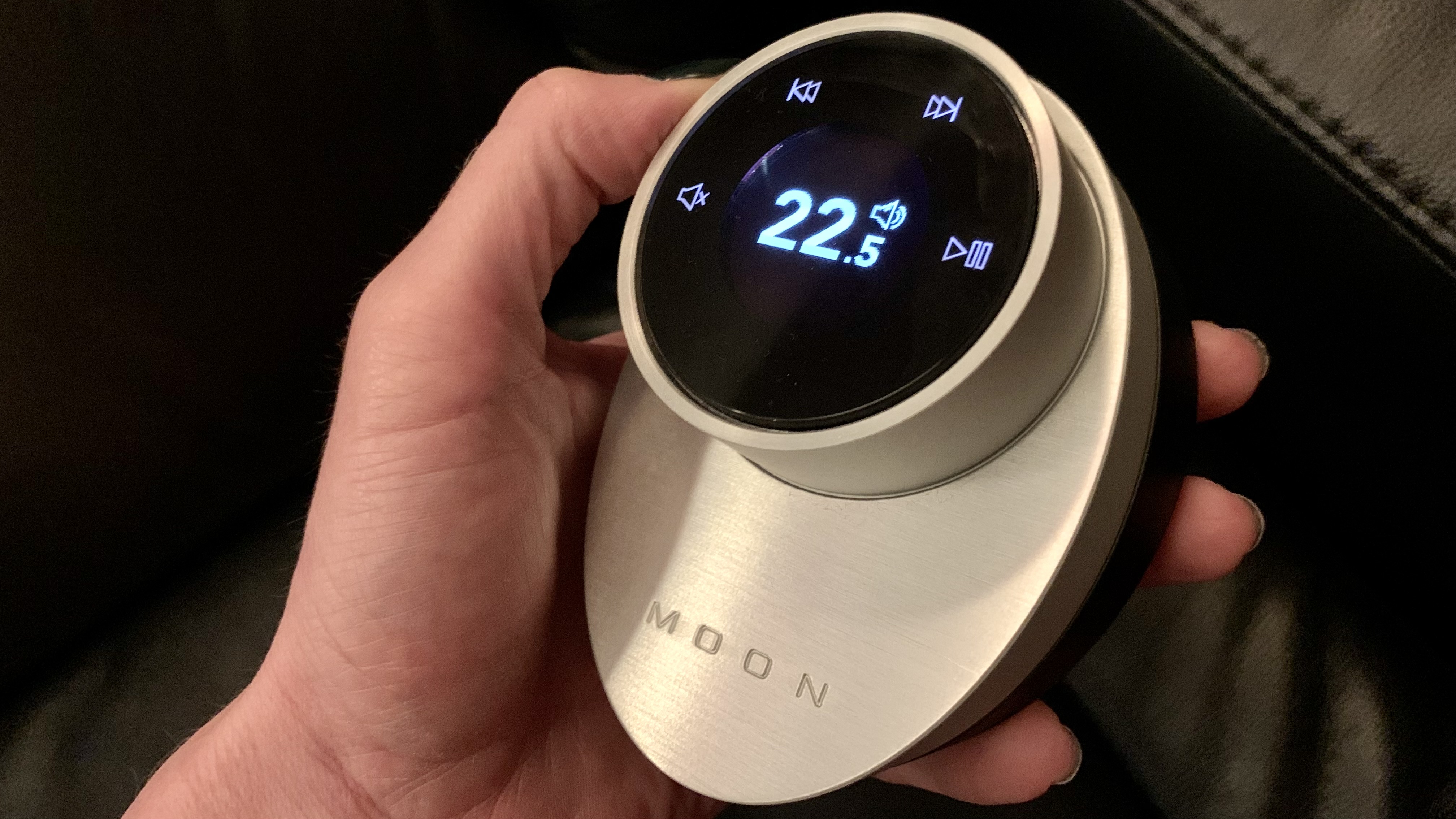
Having been in this game a while, it's rare that a home hi-fi system comes across so agile, meaty, delicate, nuanced, and beautiful that I worry I'll get mildly irritated when listening to anything else.
But that was before an evening in central London with Moon's Montreal-based audio engineers, listening to the new North 791 and 761 – a network player/preamp and power amp combo that'll blow your socks off and then some.
And at somewhere in the region of $37,000 / £30,000 / AU$55,900, Moon's 791 and 761 solution is not even the top-tier option within the six-strong North collection – that would be the £50,000 861 power amp and 891 network player/preamp combination. Beneath it, the 641 integrated amp and 681 network player/DAC will set you back a trifling £16,000 or thereabouts… so I'll take two sets, thank you.
I got to listen to all of this amplification and digital-to-analog conversion, hooked up to a pair of glorious Audiovector Arreté R 6 floor-standing speakers (in African Rosewood Piano, in case you were wondering, from $37,000 / £25,495 / AU$49,800 and emphatically some of the best stereo speakers I've ever shared my Tidal playlists with) and I could've stayed in that home cinema room for days. Selecting further tracks from Moon's companion app on an iPad just to see what this system revealed in them was a joy.
My one regret of the evening is that I didn't listen to Jean Leloup's Je Joue de la Guitare on this system, because I'd love to hear the whoops, stifled cheers, and singing of the crowd behind the female backing vocals and Leloup's inimitably soft French Canadian soulful vocal stylings. Next time.
For now, you should know that this proposition has just been unveiled and the products will be available to buy from your local high-end dealership from October 1, 2023.
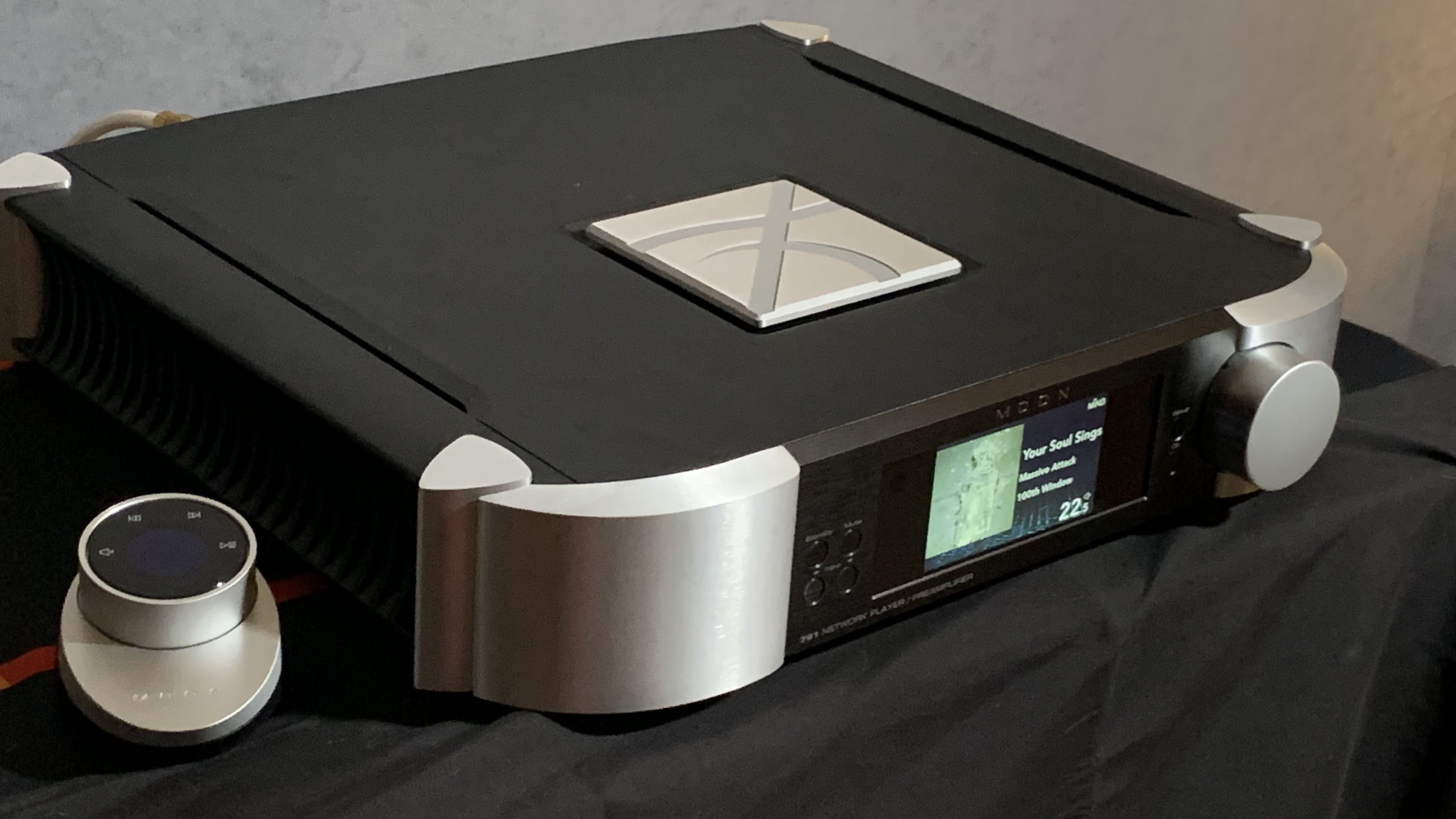
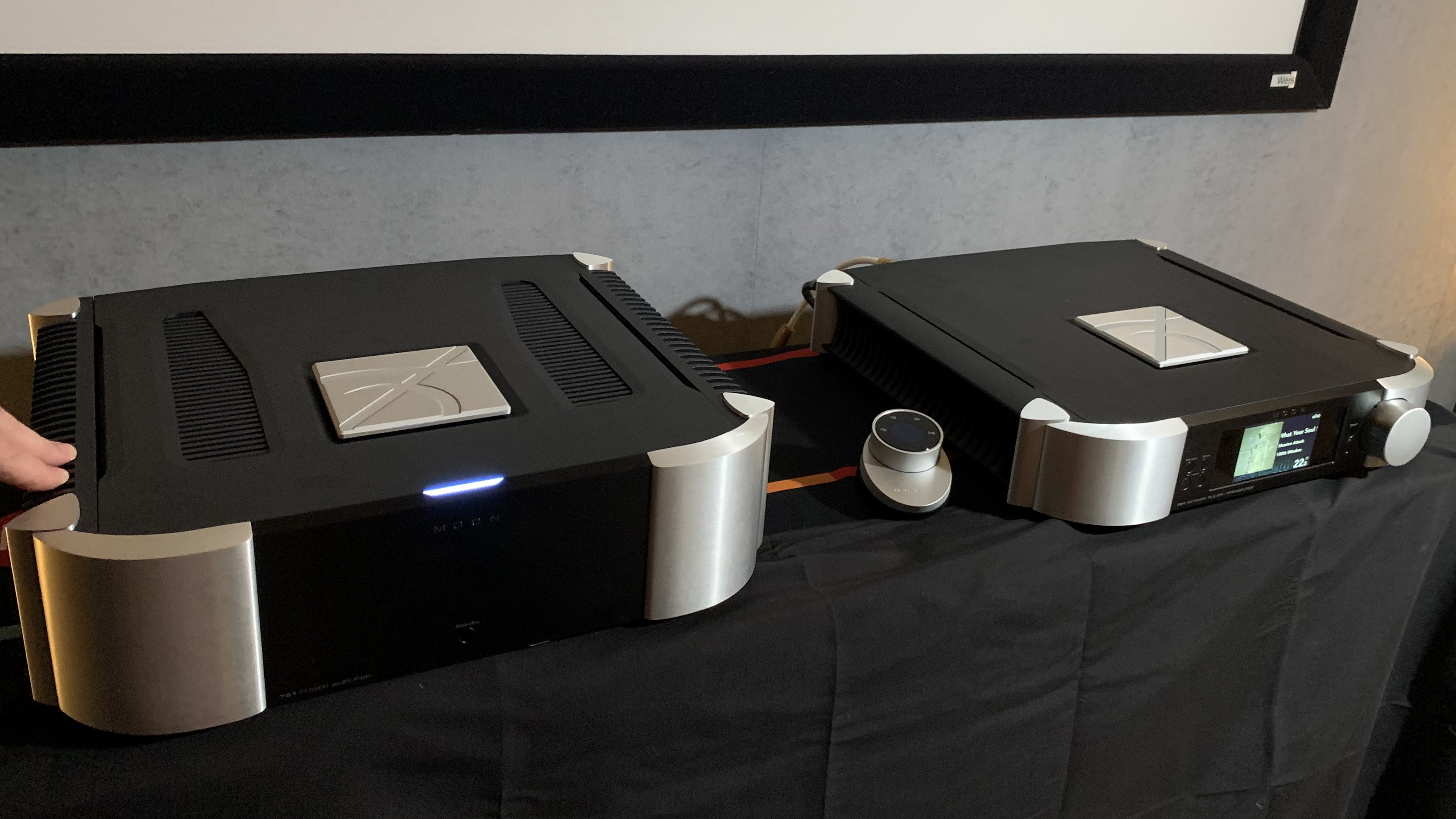

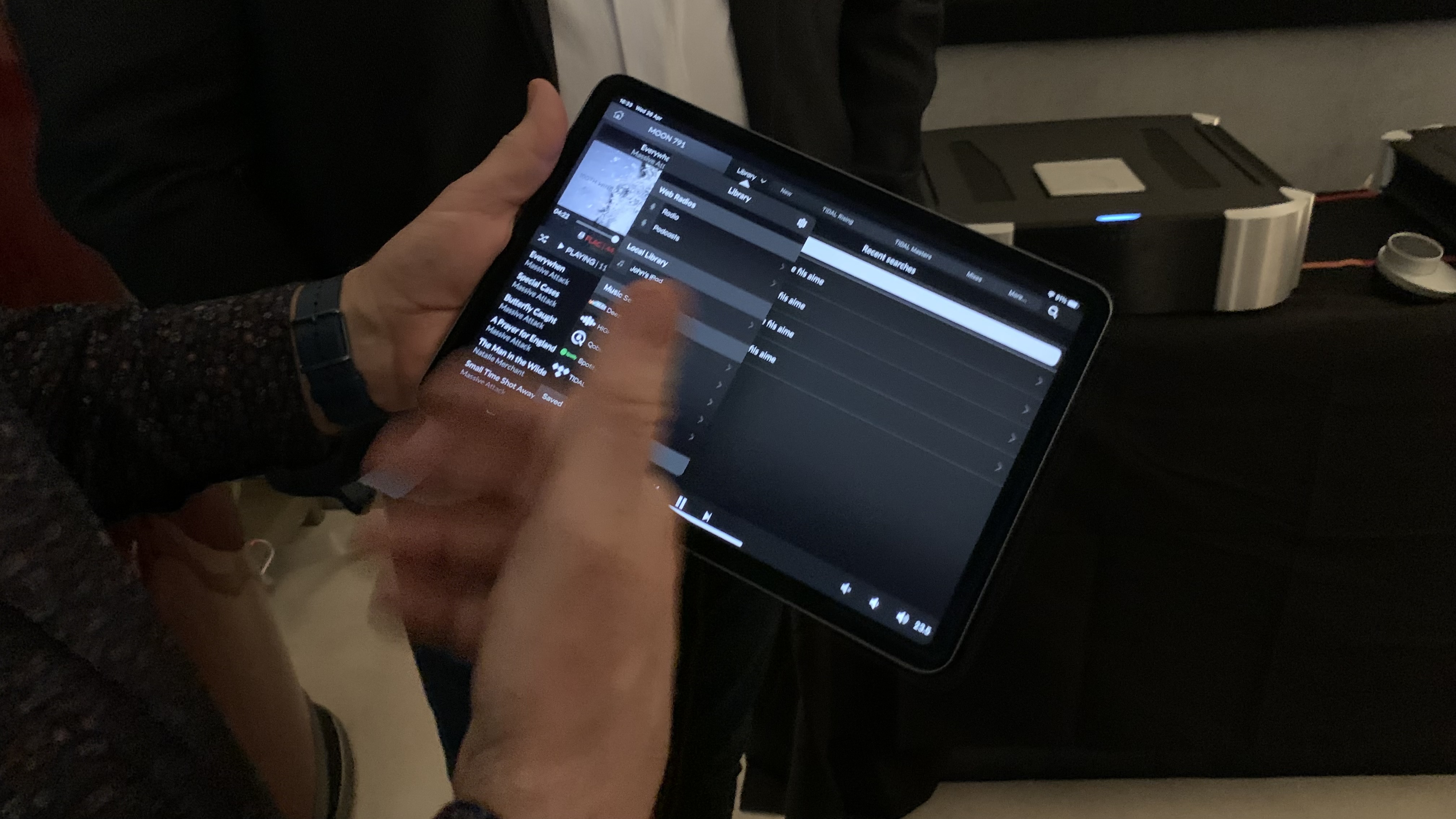

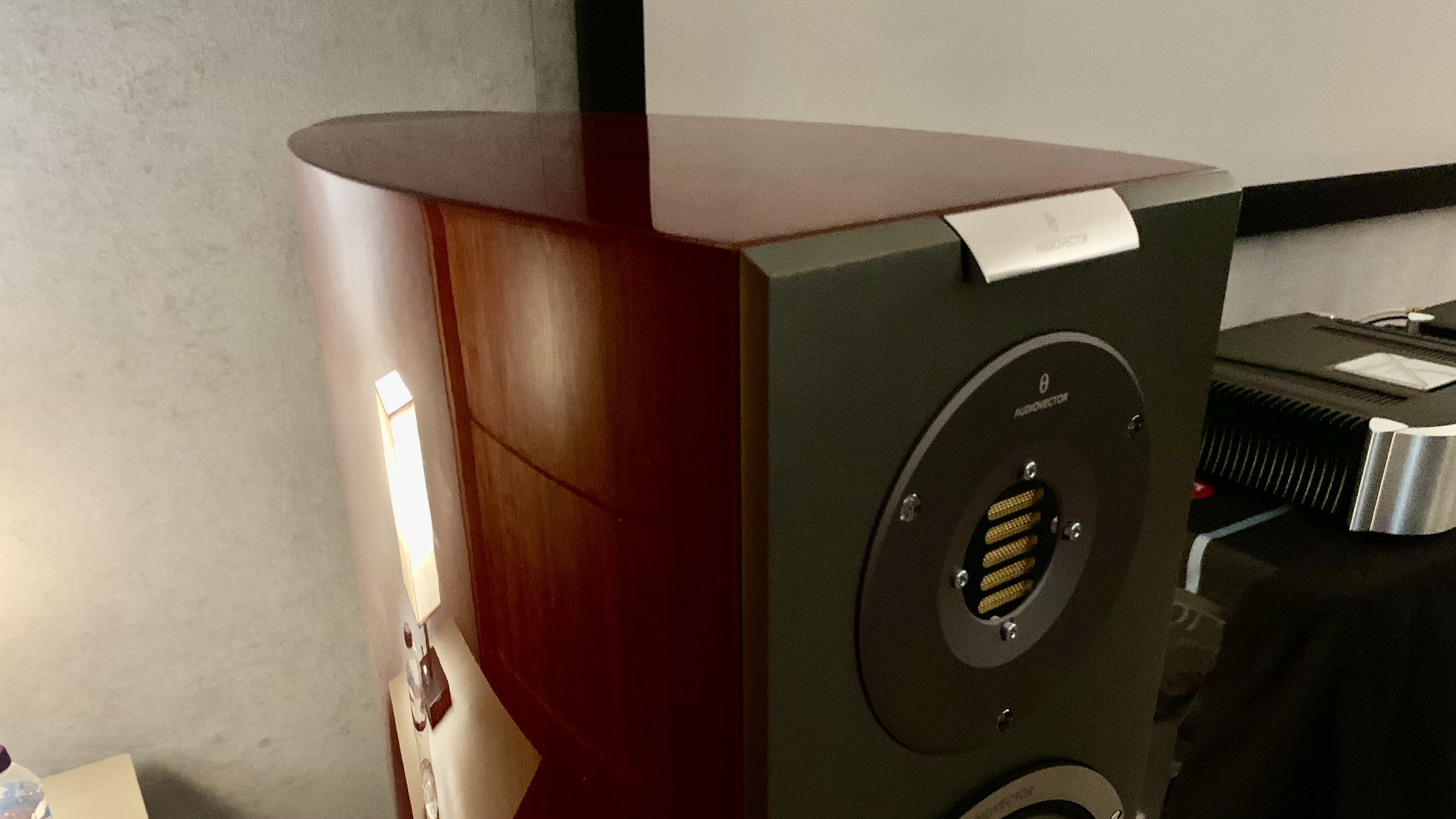
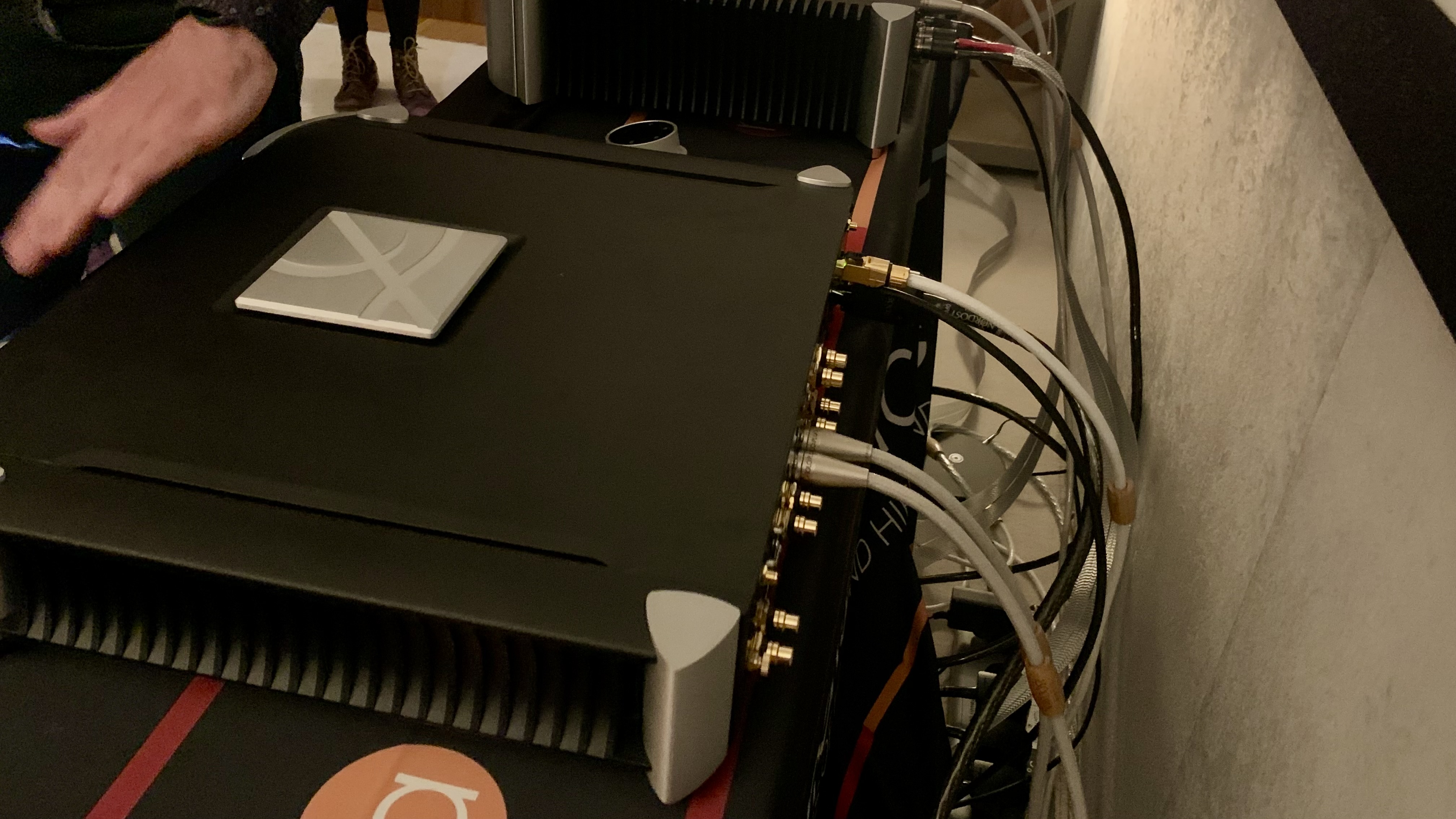
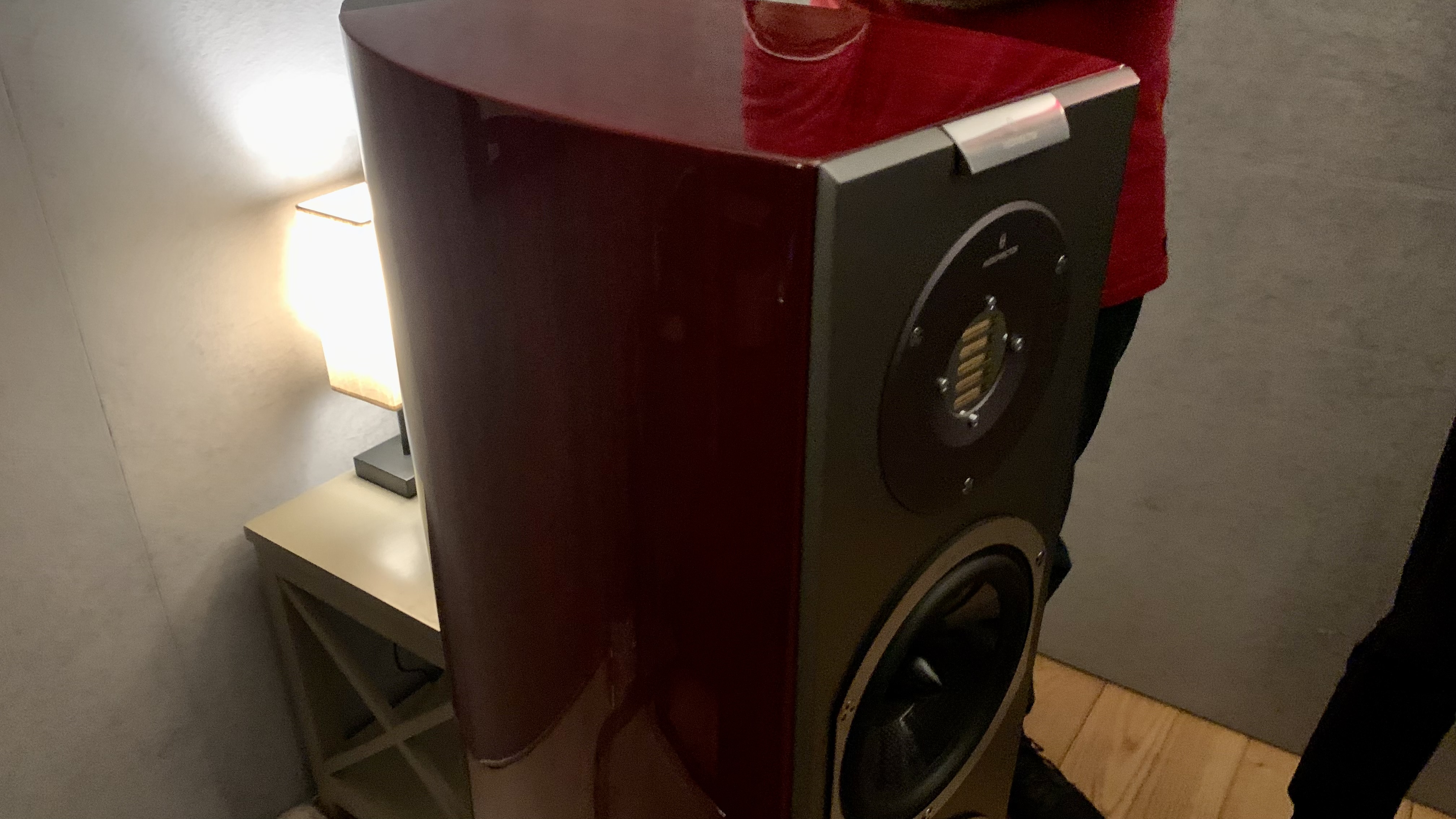
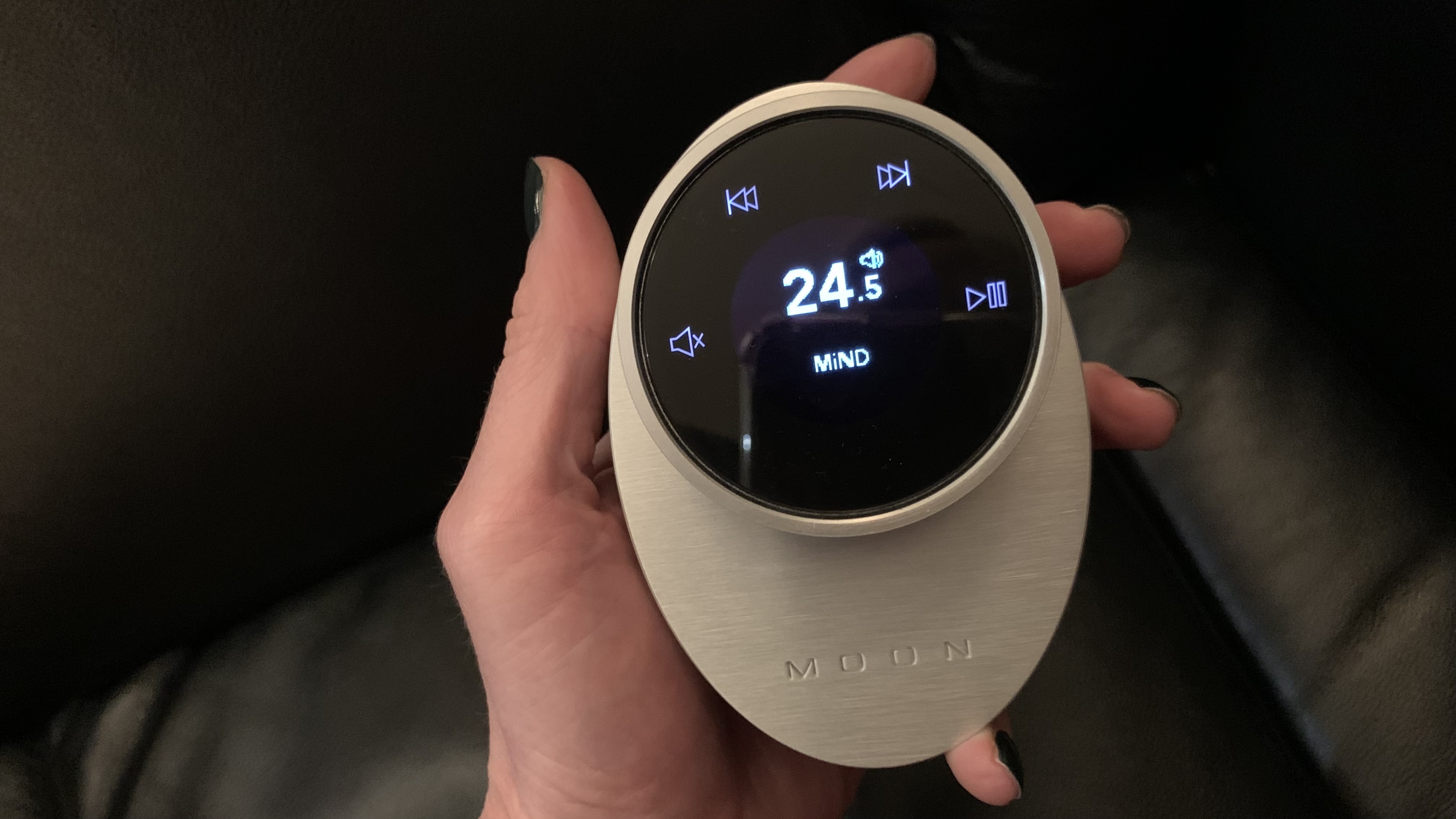
Please don't stop the music
The Moon North 761 has one job to perform, and it performs it with authority. During my time with it, this power amplifier effortlessly delivered delicate audio signals from its preamp to our loudspeakers with both transparency and finesse. (Yes, it can be used with another, but we've got it with its natural partner – and peak hi-fi is all about compatibility.)
Sign up for breaking news, reviews, opinion, top tech deals, and more.
This dual-mono amplifier generates 200W per channel into 8ohms in stereo, doubles into 4ohms, and features a switch to bridge the amps and drive 600W into an 8ohm load as a monoblock. Within its elegant chassis, you'll find the company's latest MoonLink communication to function in harmony with other Moon products, too.
Without a doubt, the 761 is a power amplifier furnished with the technical armory to stand up against the best. I like my hi-fi heavy, and this thing weighs a reassuring 36kg. For clarity, when combined with its 19kg 791 preamp partner, the system's 55kg total is more than the 52kg I used to weigh for the bulk of my performing career… best to get a good hi-fi rack for it.
The prettiest item on our central London hi-fi rack (apart from the remote – more on that later) is The Moon 791, which combines a high-end phono stage (for hooking it up to one of the best turntables, whatever cartridge it bears) and streaming DAC in a state-of-the-art analog preamplifier.
In addition to its arsenal of seven digital inputs (including HDMI ARC), three analog inputs, and two outputs (independently configured for variable or fixed volume), and its MDE2 – a re-clocking FPGA and flagship DAC supporting resolutions up to 32/384 and DSD256 – the 791 can host a USB drive, and features the Roon Ready MiND2 network player, supporting Bluetooth and AirPlay 2.
The 4.3’’ color display can be dimmed (it'll auto-dim if you want) or turned off. And that BRM-1 remote! I think Moon's technical team could hold a three-day seminar on just the buttery smooth movement and 0.1dB accuracy of the various volume dials on its products, but holding that reassuringly heavy oval controller and tweaking the audio levels is something I won't forget in a hurry.
No Mono's Violence Broken came to my ears with as yet uncharted inky, somber depths and insight on this system – and with this kind of space around the vocal, you'll find new elements within the voices of even your most loved artists.

Becky became Audio Editor at TechRadar in 2024, but joined the team in 2022 as Senior Staff Writer, focusing on all things hi-fi. Before this, she spent three years at What Hi-Fi? testing and reviewing everything from wallet-friendly wireless earbuds to huge high-end sound systems. Prior to gaining her MA in Journalism in 2018, Becky freelanced as an arts critic alongside a 22-year career as a professional dancer and aerialist – any love of dance starts with a love of music. Becky has previously contributed to Stuff, FourFourTwo and The Stage. When not writing, she can still be found throwing shapes in a dance studio, these days with varying degrees of success.